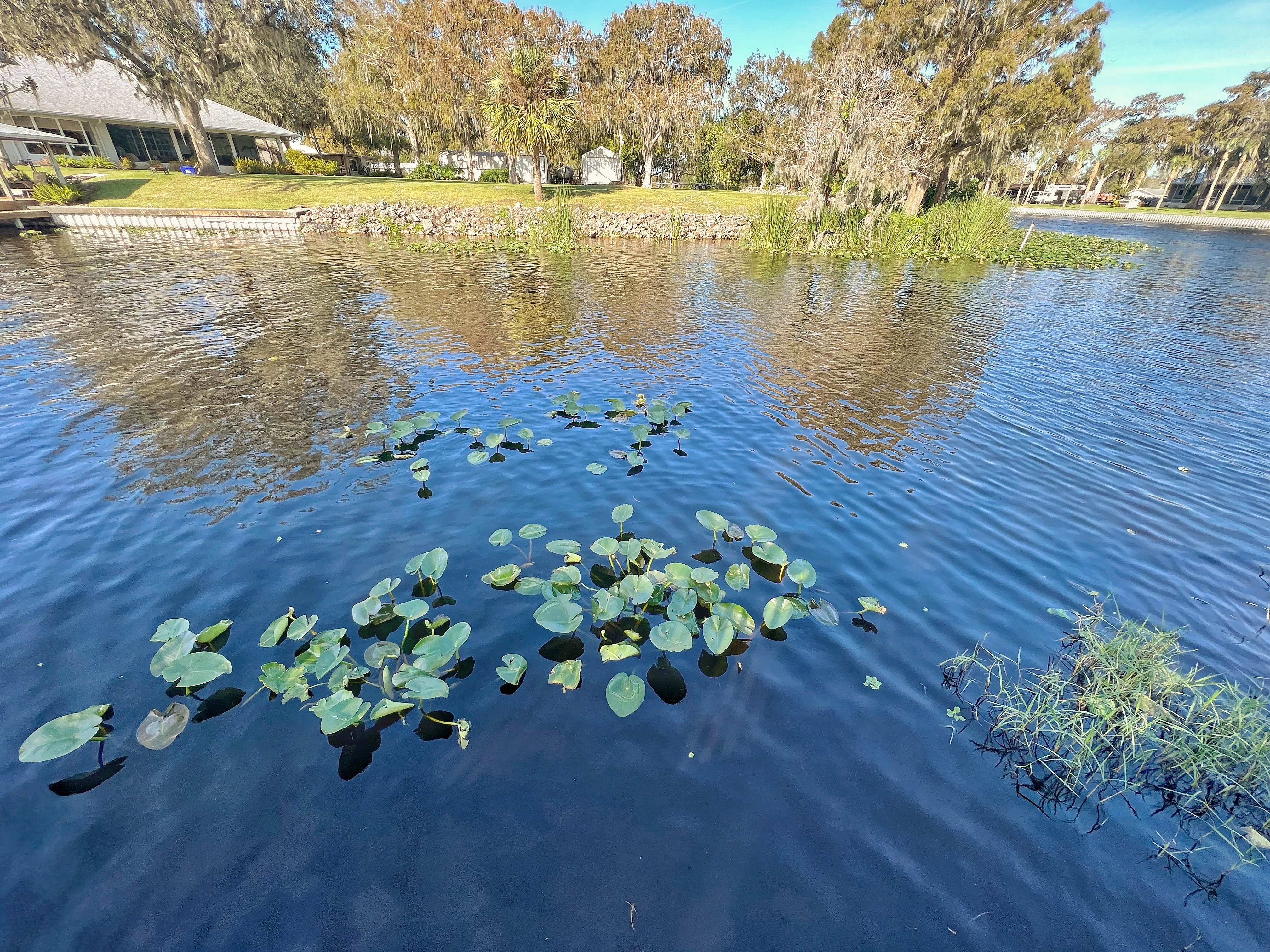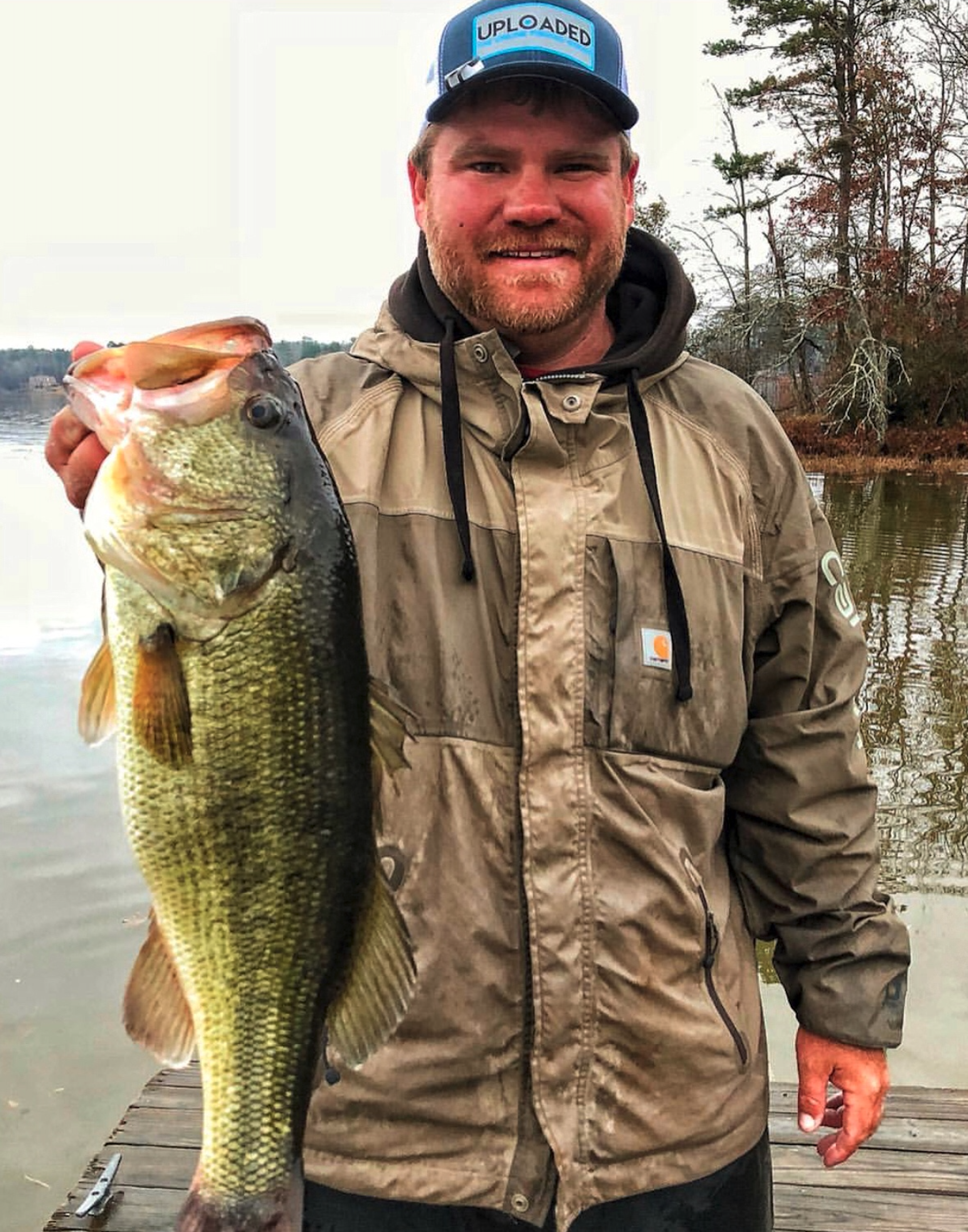
We typically have a very limited amount of resources to work with when fishing from the bank. There’s more tackle and more opportunity to move around when fishing from a boat, from a kayak or even when wading a creek. But from the bank, there’s usually a pretty small amount of water you’re confined to and only a little tackle to use.
So how do you maximize your chances of catching every bass in that stretch? Let’s talk about making the most of your water when bank fishing, using a recent trip I made fishing along a canal in Florida as an example. I was fishing from a friend’s yard and only had about 200 feet to work with, but I could cast all the way across the canal.

The cover across the canal looked extremely enticing, but starting there would have been a bad idea. Instead, it’s best to start with the water and cover closest to you when bank fishing.
It’s always been kind of funny how I, and many others that I’ve observed, approach fishing from the bank versus fishing from a boat. When I was in a boat growing up, I almost always threw right up on the bank. But when I was on the bank, I usually threw as far out as possible.
And this makes some sense when you think about the length of a cast covering a very large strike zone. But when really trying to maximize your water, you’re better off fishing the water and cover closest to you first.
If you take the first approach of casting as far as possible, you may very well throw past a patch of grass right next to where you’re standing, only to get a bite at the end of your cast and then drag that fish right through the cover closest to you. If this happens, you’ve most likely eliminated any chance of catching a fish in that nearest patch of grass. So start close, and then work your way out farther and farther.
There’s another added benefit to this approach — protecting your lure supply. Again, we’re typically operating with a very limited supply of tackle when fishing from the bank. So throwing into the furthest and thickest cover right off the bat could cost you your only lure and end your trip before it can even get started.
And it’s also a good idea to start with a finesse approach, as compared to power fishing. This rotation is contrary to what we usually do when fishing from a boat. Most anglers start with an aggressive bait like a spinnerbait, and then only back off to a worm when they don’t get bit for a while. But starting with a worm gives you the best chance to catch the most fish out of the area.

You can pick several off starting out this way, and then throw a buzzbait, for example, before leaving. If you started off with the buzzbait, you may have drawn a fish to the surface that didn’t quite want to commit to the buzzbait, and then the fish could get spooked and not bite anything.
If you prioritize cover and practice patience, you can certainly catch more fish from the bank than you would going right for the jugular. Patience is a big part of fishing, and it will be rewarded in time. And prioritizing the cover closest to you ensures that you get a fresh shot at every fish in the area.
If you implement these two tips on your next bank fishing trip, you’ll be sure to catch more fish.
